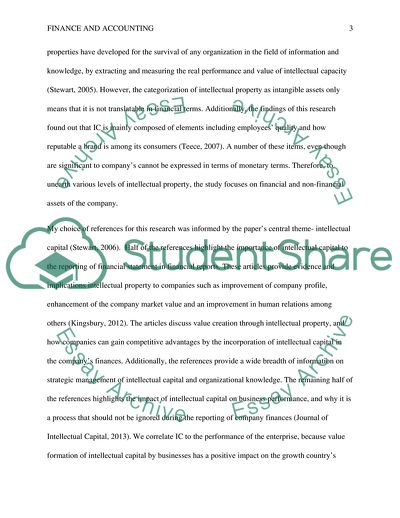Cite this document
(THE REAL VALUE OF INTELLECTUAL CAPITAL AND HOW IT IS INCLUDED IN A Essay, n.d.)
THE REAL VALUE OF INTELLECTUAL CAPITAL AND HOW IT IS INCLUDED IN A Essay. https://studentshare.org/finance-accounting/1853277-the-real-value-of-intellectual-capital-and-how-it-is-included-in-a-companys-financial-statement
THE REAL VALUE OF INTELLECTUAL CAPITAL AND HOW IT IS INCLUDED IN A Essay. https://studentshare.org/finance-accounting/1853277-the-real-value-of-intellectual-capital-and-how-it-is-included-in-a-companys-financial-statement
(THE REAL VALUE OF INTELLECTUAL CAPITAL AND HOW IT IS INCLUDED IN A Essay)
THE REAL VALUE OF INTELLECTUAL CAPITAL AND HOW IT IS INCLUDED IN A Essay. https://studentshare.org/finance-accounting/1853277-the-real-value-of-intellectual-capital-and-how-it-is-included-in-a-companys-financial-statement.
THE REAL VALUE OF INTELLECTUAL CAPITAL AND HOW IT IS INCLUDED IN A Essay. https://studentshare.org/finance-accounting/1853277-the-real-value-of-intellectual-capital-and-how-it-is-included-in-a-companys-financial-statement.
“THE REAL VALUE OF INTELLECTUAL CAPITAL AND HOW IT IS INCLUDED IN A Essay”. https://studentshare.org/finance-accounting/1853277-the-real-value-of-intellectual-capital-and-how-it-is-included-in-a-companys-financial-statement.


